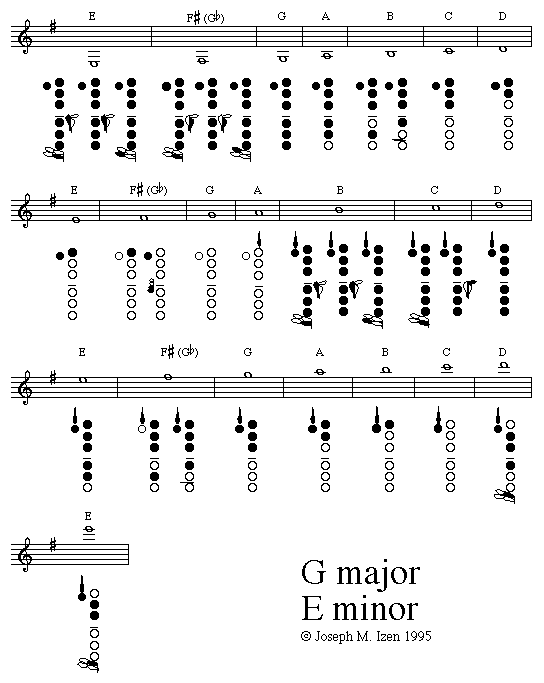
(Some modern woodwinds use special mechanisms to correct for this, such as the F resonance mechanism on a high-quality oboe.)Īn electronic woodwind-style instrument, such as the Akai EWI series, uses a fingering system that is designed to be similar to a traditional woodwind, so that a traditional woodwind player can easily adapt to it.

“Forked” fingerings, in which a lower tonehole is closed while one above it is open, often produce somewhat inferior results-notes that are mismatched in timbre and/or intonation. Adding the next farther finger drops the pitch again, and so on toward the bell end of the instrument. When the “first” finger (the one closest to the mouthpiece) closes a hole, the pitch drops, perhaps by a whole step. For example, a certain note might be produced with an “open” fingering (all toneholes open). Woodwind fingerings at their most basic use the fingers in sequence.


With traditional woodwind instruments, the fingers work together to change the effective length of the instrument’s body tube by opening and closing toneholes.


 0 kommentar(er)
0 kommentar(er)
